自動噴砂房感應(yīng)系統(tǒng)的相關(guān)解析?
自動噴砂房的感應(yīng)系統(tǒng)是實現(xiàn)無人化噴砂作業(yè)的核心,通過精準檢測工件位置、形狀及運行狀態(tài),控制噴砂設(shè)備自動調(diào)整參數(shù),確保噴砂均勻性與效率。其設(shè)計需結(jié)合工件特性、噴砂工藝及場地環(huán)境,實現(xiàn) “感知 - 判斷 - 執(zhí)行” 的閉環(huán)控制,既減少人工干預(yù),又避免噴砂過度或遺漏,是自動化噴砂生產(chǎn)線的關(guān)鍵技術(shù)支撐。
The induction system of the automatic sandblasting room is the core of achieving unmanned sandblasting operations. By accurately detecting the position, shape, and operating status of the workpiece, the sandblasting equipment is controlled to automatically adjust parameters, ensuring the uniformity and efficiency of sandblasting. Its design needs to combine the characteristics of the workpiece, sandblasting process, and site environment to achieve a closed-loop control of "perception judgment execution", which reduces manual intervention and avoids excessive or missed sandblasting. It is a key technical support for automated sandblasting production lines.
感應(yīng)系統(tǒng)的核心構(gòu)成包括檢測元件、信號處理單元與聯(lián)動控制模塊。檢測元件負責(zé)捕捉工件信息,常見的有光電傳感器、超聲波傳感器及激光掃描儀:光電傳感器通過光線遮擋判斷工件是否進入噴砂區(qū)域,響應(yīng)速度快,適合小型規(guī)則工件的定位;超聲波傳感器利用聲波反射測量工件距離與輪廓,不受粉塵、光線影響,適用于復(fù)雜形狀工件的檢測;激光掃描儀可三維建模工件外形,精準識別拐角、凹槽等細節(jié),為大型異形工件(如機械結(jié)構(gòu)件)的噴砂路徑規(guī)劃提供數(shù)據(jù)支持。信號處理單元對傳感器采集的信息進行分析,剔除粉塵干擾導(dǎo)致的誤信號(如通過濾波算法保留連續(xù)穩(wěn)定的信號),轉(zhuǎn)化為控制指令。聯(lián)動控制模塊將指令傳遞給噴砂機械臂、輸送系統(tǒng)及砂料供給裝置,實現(xiàn)噴砂槍角度、移動速度、砂料流量的實時調(diào)整。
The core components of the induction system include detection elements, signal processing units, and linkage control modules. Detection components are responsible for capturing workpiece information, commonly including photoelectric sensors, ultrasonic sensors, and laser scanners. Photoelectric sensors use light obstruction to determine whether the workpiece has entered the sandblasting area, with fast response speed and suitable for positioning small and regular workpieces; Ultrasonic sensors use sound wave reflection to measure the distance and contour of workpieces, which are not affected by dust or light, and are suitable for detecting complex shaped workpieces; Laser scanners can 3D model the shape of workpieces, accurately identify details such as corners and grooves, and provide data support for sandblasting path planning of large irregular workpieces (such as mechanical structural components). The signal processing unit analyzes the information collected by the sensor, eliminates false signals caused by dust interference (such as retaining continuous and stable signals through filtering algorithms), and converts them into control instructions. The linkage control module transmits instructions to the sandblasting robotic arm, conveying system, and sand supply device to achieve real-time adjustment of the sandblasting gun angle, movement speed, and sand flow rate.
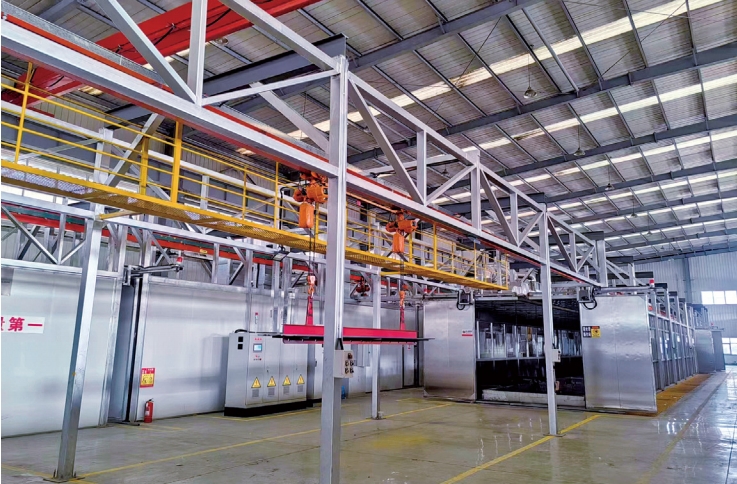
不同感應(yīng)方式的適配場景需根據(jù)工件特性選擇。對于批量生產(chǎn)的標(biāo)準化工件(如板材、管材),光電感應(yīng)配合編碼器定位即可滿足需求:通過設(shè)定固定檢測點,當(dāng)工件到達該位置時,系統(tǒng)觸發(fā)噴砂槍按預(yù)設(shè)程序作業(yè),確保每批工件處理一致性。針對多品種、小批量的異形工件,激光掃描感應(yīng)更具優(yōu)勢,可在工件進入噴砂房后快速完成輪廓識別,自動生成噴砂路徑(如優(yōu)先處理表面凸起部位,再均勻覆蓋平面區(qū)域),無需人工重新編程。在高粉塵環(huán)境下(如金剛砂噴砂),需選用防塵等級高的感應(yīng)元件(防護等級不低于 IP65),并定期清理傳感器表面的砂粒附著,避免檢測精度下降。
The adaptation scenarios for different sensing methods need to be selected based on the characteristics of the workpiece. For standardized components produced in bulk, such as plates and pipes, photoelectric induction combined with encoder positioning can meet the requirements: by setting a fixed detection point, when the workpiece reaches that position, the system triggers the sandblasting gun to operate according to the preset program, ensuring consistency in processing each batch of workpieces. For multi variety and small batch shaped workpieces, laser scanning induction has more advantages. It can quickly complete contour recognition after the workpiece enters the sandblasting room and automatically generate sandblasting paths (such as prioritizing surface protrusions and evenly covering flat areas), without the need for manual reprogramming. In high dust environments (such as diamond sandblasting), it is necessary to use sensing elements with high dust prevention levels (protection level not lower than IP65), and regularly clean the sand particles adhering to the sensor surface to avoid a decrease in detection accuracy.
感應(yīng)系統(tǒng)的聯(lián)動控制邏輯直接影響噴砂質(zhì)量。當(dāng)感應(yīng)到工件表面存在銹蝕、氧化皮等厚層雜質(zhì)時,系統(tǒng)會自動提高砂料噴射壓力(如從 0.4MPa 增至 0.6MPa),延長該區(qū)域噴砂時間;檢測到薄壁或易損部位時,則降低壓力并減小砂料粒度,防止工件變形或損傷。輸送系統(tǒng)與感應(yīng)系統(tǒng)的協(xié)同尤為關(guān)鍵:通過編碼器實時監(jiān)測工件移動速度,噴砂槍的移動速度與之動態(tài)匹配(如工件增速時,噴槍移動同步加快),避免出現(xiàn)噴砂重疊或漏噴。對于懸掛輸送的工件,感應(yīng)系統(tǒng)需檢測吊具位置,確保噴砂槍避開吊具遮擋區(qū)域,待工件旋轉(zhuǎn)或移動后再補噴,保證表面處理全覆蓋。
The linkage control logic of the induction system directly affects the quality of sandblasting. When thick impurities such as rust and oxide scale are detected on the surface of the workpiece, the system will automatically increase the sand spraying pressure (such as from 0.4MPa to 0.6MPa) and prolong the sandblasting time in that area; When thin-walled or vulnerable parts are detected, reduce the pressure and decrease the sand particle size to prevent deformation or damage to the workpiece. The coordination between the conveying system and the induction system is particularly crucial: the encoder monitors the real-time movement speed of the workpiece, and the movement speed of the sandblasting gun dynamically matches it (such as synchronously accelerating the movement of the sandblasting gun when the workpiece increases in speed), avoiding sandblasting overlap or missed spraying. For suspended workpieces, the induction system needs to detect the position of the lifting device to ensure that the sandblasting gun avoids the area blocked by the lifting device. After the workpiece rotates or moves, it can be sprayed again to ensure full surface treatment coverage.
系統(tǒng)的抗干擾設(shè)計是穩(wěn)定運行的保障,需應(yīng)對噴砂房內(nèi)的復(fù)雜環(huán)境。電磁干擾(如噴砂設(shè)備的電機運轉(zhuǎn))可能導(dǎo)致傳感器信號紊亂,需采用屏蔽線纜傳輸信號,將控制單元與動力設(shè)備的電路分開布線。粉塵附著會影響傳感器靈敏度,可在感應(yīng)元件外側(cè)加裝吹掃裝置(如壓縮空氣噴嘴),定時清理表面粉塵,或選用非接觸式檢測方式(如紅外感應(yīng))減少物理接觸。振動干擾(如噴砂作業(yè)產(chǎn)生的設(shè)備震動)可能導(dǎo)致傳感器移位,安裝時需采用減震支架固定,確保檢測位置穩(wěn)定,同時定期校準感應(yīng)精度(如通過標(biāo)準試塊驗證檢測誤差)。
The anti-interference design of the system is a guarantee for stable operation and needs to cope with the complex environment inside the sandblasting room. Electromagnetic interference (such as the motor operation of sandblasting equipment) may cause sensor signal disorder, and shielded cables should be used to transmit signals. The control unit and power equipment circuits should be wired separately. Dust adhesion can affect the sensitivity of sensors. A blowing device (such as a compressed air nozzle) can be installed outside the sensing element to regularly clean the surface dust, or non-contact detection methods (such as infrared induction) can be used to reduce physical contact. Vibration interference (such as equipment vibration caused by sandblasting operations) may cause sensor displacement. During installation, shock-absorbing brackets should be used to secure the detection position, ensuring stability. At the same time, the induction accuracy should be calibrated regularly (such as verifying detection errors through standard test blocks).
本文由自動噴砂房友情奉獻.更多有關(guān)的知識請點擊:http://www.qzxcdz.com我們將會對您提出的疑問進行詳細的解答,歡迎您登錄網(wǎng)站留言.
This article is dedicated to the automatic shot blasting machine and friendship For more information, please click: http://www.qzxcdz.com We will provide detailed answers to your questions. You are welcome to log in to our website and leave a message
上一篇:噴粉線安裝定制的相關(guān)解析
下一篇:VOC廢氣處理工藝詳解



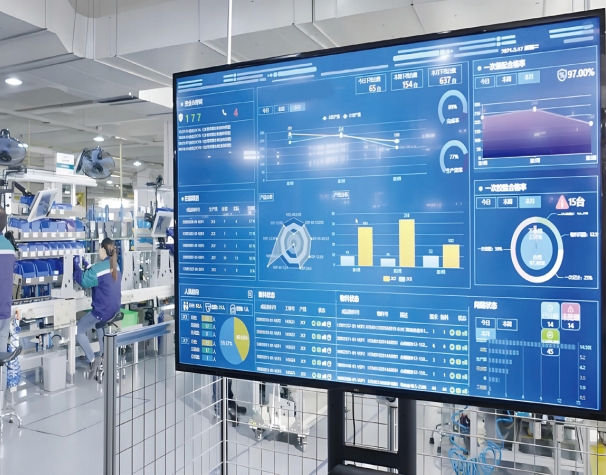
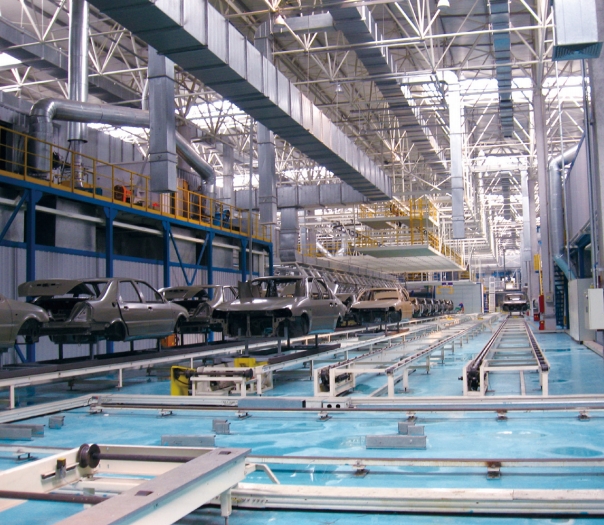

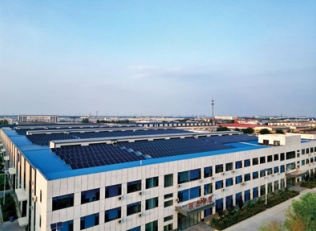

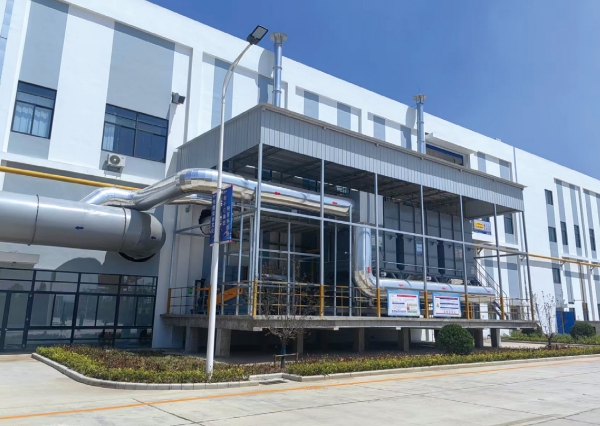
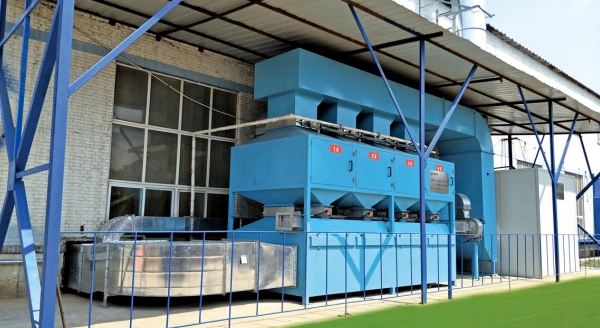
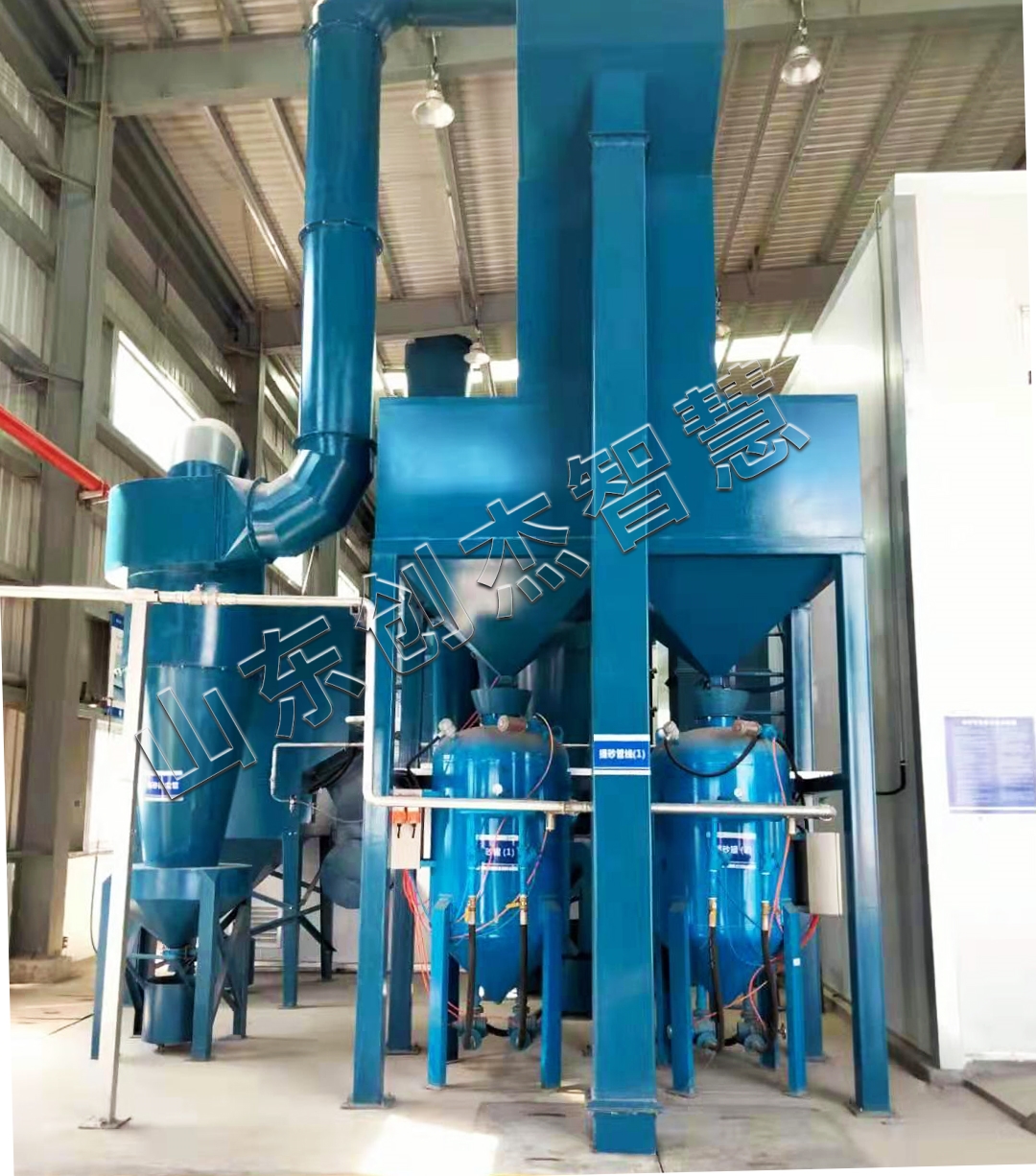





 魯公網(wǎng)安備 37142502000144號
魯公網(wǎng)安備 37142502000144號